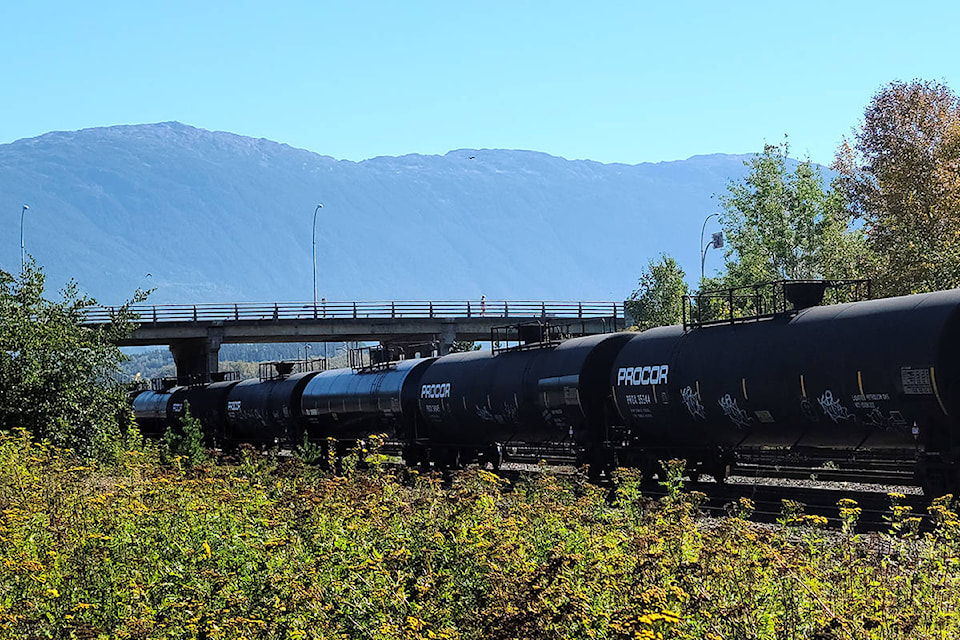The other day I was wondering how Houston, B.C. got its name.
The much, much larger Houston, Texas, is named after Sam Houston, who was a pretty big deal back in the day. He was a major player in the Texas Revolution, army general, former president of the Republic of Texas, U.S. senator, governor of both Texas and Tennessee, among other things.
I wondered if there could possibly be something connecting Sam Houston to B.C.’s Houston.
Turns out it is named after John Houston, newspaper publisher, mayor of Nelson and MLA born in 1850, 13 years before Sam Houston death. John published papers in Donald B.C., New Westminster, Nelson, Rossland, Prince Rupert and South Fort George (now part of Prince George).
That got me thinking about other place names in northwest B.C., so I visited the website of the BC Geographical Names Office, which contains notes and history information on thousands of place names in the province.
The Grand Trunk Pacific Railway (GTPR) plays a role in a significant number of northwest names thanks to its importance to the area in the early 1900’s.
According to the site, which uses information from Philip and Helen Akrigg’s book “British Columbia Place Names,” Terrace was not the original name put forward for our city.
George Little had offered the Grand Trunk Pacific Railway free right of way across land he owned, as long as the station was named after him. Hence, Terrace was called Littleton for a short time.
But he ran into opposition when the post office refused the name because there was already a Littleton in New Brunswick. Thus, Little named the town after the natural terraces in the area and the rest is history.
GTPR was also involved in the naming of Prince Rupert. In 1906, railway officials held a contest to choose a name for the town at the end of its line. Over 5,000 people entered the contest with Eleanor MacDonald from Winnipeg submitting the winning name.
The city is named after Prince Rupert of the Rhine, first governor of the Hudson’s Bay Company. He never visited Canada, but like Sam Houston, Rupert at least has an interesting history.
Smithers? You guessed it, GTPR. Sir Alfred Waldron Smithers was a British businessman who became a director of the Grand Trunk Railway in 1895.
I originally was looking for a connection between Houston B.C. and Houston, Texas, but instead I got a lesson in the importance of the Grand Trunk Pacific Railway in the development of the northwest.
Although the GTPR was plagued by financial problems and was nationalized in 1923, its legacy can still be seen today throughout the northwest.
Charles Hays Secondary School is named after the former Grand Trunk Pacific president, and he stands with his hands on his hips in statue form outside of Prince Rupert’s city hall.
Terrace is home to the Grand Trunk Pathway, a popular walking spot.
The train tracks that dissect the city have taken on a new life, serving CN as a valuable secondary main line and a major artery for goods moving to and from Asia.
While the Grand Trunk Pacific Railway has been dead for 100 years, it remains alive through its connection to northwest B.C. names.
—Ben Bogstie is the editor of the Terrace Standard
